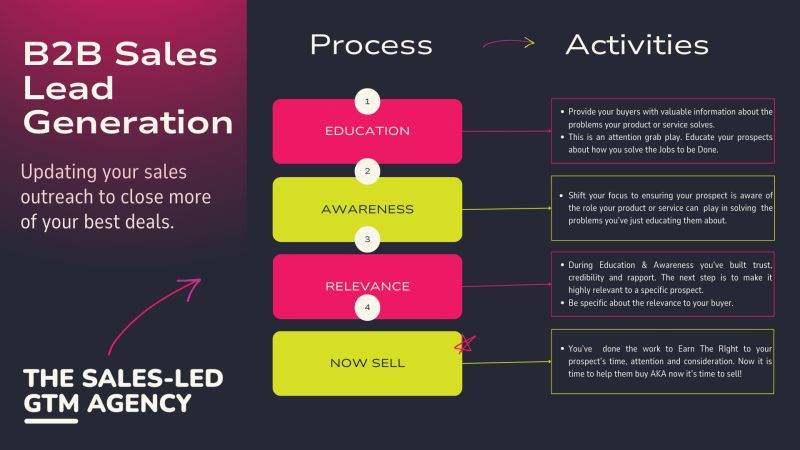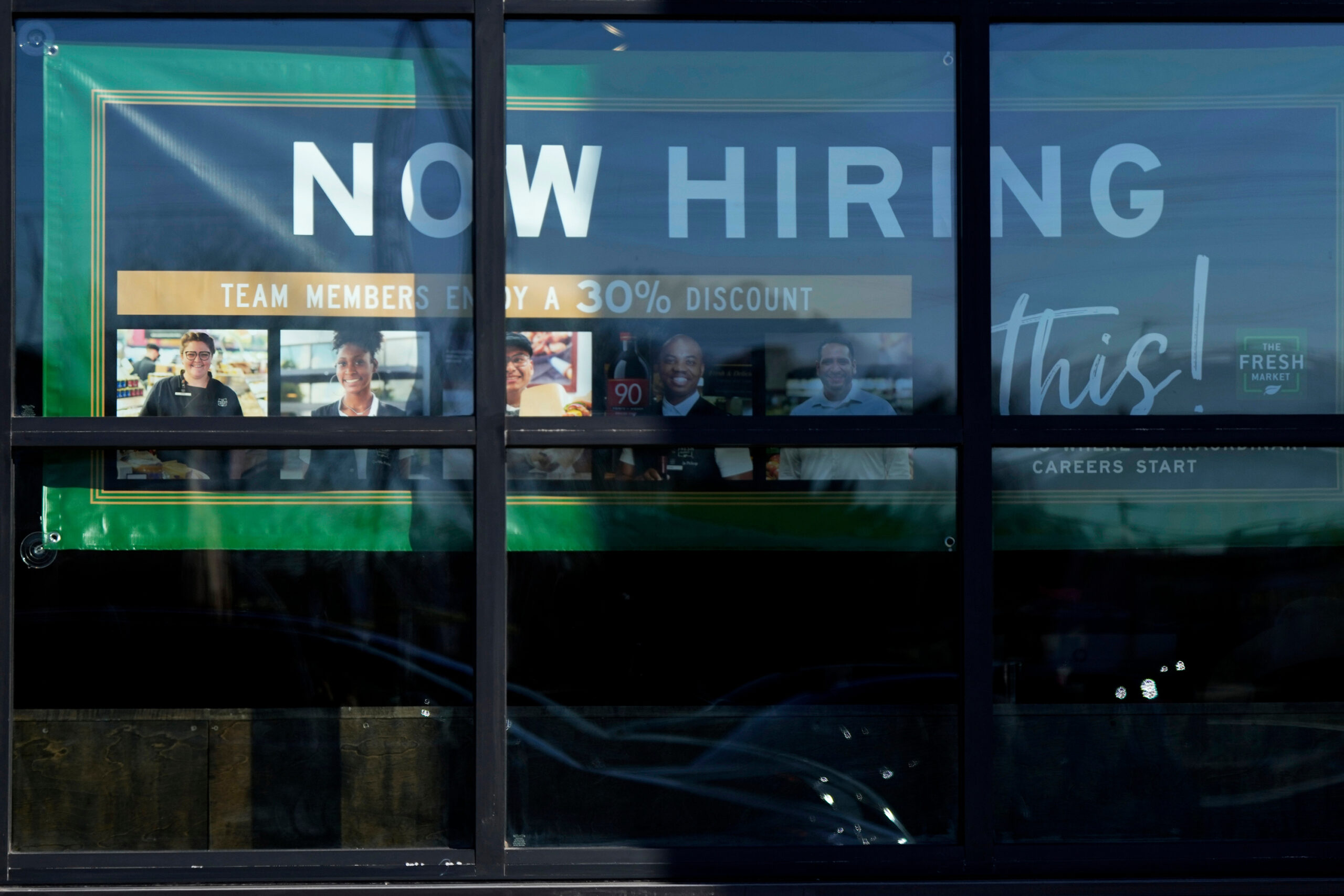Did you know that cold calling has been around for 150 years?
It started with the creation of a sales training manual written by John Patterson, founder of the National Cash Register (NCR) Company, in 1887. Originally written for in-person sales calls, the advent of the telephone made it possible for cold calls to take place over the phone. The term “cold calling” was coined because the phone call was unsolicited, or “cold.”
In addition to cold calling, other lead-generation tactics have become popular, especially in recent years.
“Today there are dozens of tools to generate leads,” says Jeff Josephson, the owner of LeadGen.com, a sales and marketing, consulting and solutions company. “They include cold calling, direct mail, LinkedIn, SEO, referrals, social media and advertising.”
With so many options, you may be wondering, does cold calling work as an effective way to develop leads and sales?
Read on to discover what the research and sales pros say.
The current state of cold calling
In today’s remote-friendly world, and given people’s short attention spans, successful cold calling has become more challenging. However, that provides a unique opportunity. “Cold calling is more effective than ever because fewer people are doing it,” says Josephson.
Orum’s 2023 report, The State of Sales Development, offers some proof:
- Of the 11 industries surveyed, eight chose the phone as their most important outbound tool, and all 11 industries included the phone in their top three tools, in addition to email and social media.
- Overall 86% of respondents said the phone is an effective tool for their sales development team to create a pipeline.
Buyers are interested in cold calls, too. According to the Rain Group Center for Sales Research, a majority of C-level and VP buyers across industries prefer phone contacts (57%), closely followed by directors (51%) and managers (47%).
Cold calling vs. telemarketing
Many people associate the term “cold calling” with “telemarketing,” but they are not the same, says Leslie Venetz, founder of The Sales-Led GTM Agency, providing outbound sales strategy, repeatable processes and training for B2B organizations.
“Telemarketing is focused more on quantity vs. quality,” says Venetz. “Telemarketers are given a list of people to call and a script with a generic message that may or may not be relevant to the buyer. For that reason, it is often considered ‘spam,’” she says.
When you cold call B2B customers, you are calling prospects that you are highly confident are qualified leads, says Venetz. “You or someone else has conducted research and created a list of people likely to meet the criteria to be buyers. And then you are reaching out to them with relevant messaging.”
Reaching prospects today
“Years ago, prospects would regularly pick up the phone in their offices,” says Venetz. Today, most people take business calls on their cell phones, and more are working remotely. “If you are trying to get results from cold calls and not calling cell phones in 2024, you are never going to be successful unless you sell to a person who is still physically in the office every day, such as a dentist or a hospital administrator. But even then, cell phones are still valuable,” says Venetz.
Yet cell phones also serve many purposes, making it harder for successful cold calling. “When you call somebody on their cell phone, they might be doing work on their cell phone,” says Josephson. “They’re not just waiting for their phone to ring. If they’re using their phone as a work tool, they might not be able to pick up.”
Josephson recently analyzed the number of phone calls it took to get a client’s decision-maker or some strong decision influencer on the phone. “Before the pandemic, it took eight calls. Now it takes 15 calls,” he says. “The contact rate is about half of what it was.”
While it can’t make people answer the phone, technology can help make the cold-calling process more effective.
One example is technology that tracks call attempts. As reported in Uplead, based on several tracking studies, the best days to make cold calls are Tuesday, Wednesday or Thursday. An InsideSales study, which tracked 100,000 call attempts over three years, showed that the hours between 4 p.m. and 5 p.m. are the best times to call, followed by 8 a.m.
Technology can also help salespeople find information quickly. “Data tools, such as ZoomInfo are critical, so salespeople can obtain cell phone numbers, email addresses and more,” says Venetz.
A new cold-calling process
“One of the reasons for diminishing results from cold calls is that the environment has changed, but salespeople are still using cold call strategies from 10 or 20 years ago,” says Venetz. Now, buyers are less likely to answer unknown numbers and expect callers to get to the point faster, she says.
To appeal to today’s buyers, Venetz created a new way to cold call. The “EARN” process has four steps: Education, Awareness, Relevance and Now Sell.

A multichannel approach
Both Venetz and Josephson point out that cold calling on its own is not the most effective sales method. It also has a high Cost of Acquisition (COA) when used as the sole means for lead generation. Instead, they suggest a multichannel approach.
“I recommend a three-channel approach,” says Venetz. The three channels she suggests are the phone (cold calling), email and LinkedIn. “The purpose of having a multichannel approach is that it allows us to find people where they like to be communicated with,” she says.
In addition to those channels, direct mail together with cold calling has worked for Josephson. In campaigns where his team has used oversized postcards with the message that a salesperson is trying to reach them and asking if they can take the call, the connect rate has tripled.
The importance of leaving voicemail messages
If you’re cold calling and not leaving a voicemail message, you’re leaving potential sales on the table, say Josephson and Venetz.
First, voicemail messages allow you to reach people who won’t answer the phone, and provide alternate ways for prospects to get in contact.
“In a voicemail message, we can include an email address so they can respond through email. Or we might say in the voicemail that we are sending them a connection request on LinkedIn, and they might communicate with us that way,” says Venetz.
Venetz teaches her clients to use scripts for voicemails. “This is especially important with the younger demographic, because it’s unlikely they’ll even listen to the voicemail; they’ll probably read the transcription,” she says.
Josephson’s teams have had success getting callbacks after leaving voicemails. “We tracked this a couple of months back for a client, and our callback rate was over 10%,” he says.
Does cold calling work?
Yes, cold calling works, when done properly.
The keys to successful cold calling include offering prospects relevant messages, using technology when needed and reaching prospects where and when they want to hear from you.
And not forgetting the basics.
“The most important thing you should understand about your prospect and about the product you’re selling is what needs it satisfies. Nobody cares about your features. They care about their needs, pains, problems and unmet goals. So the content of your message should be formulated around that,” says Josephson.
Photo by Just dance/Shutterstock.com





